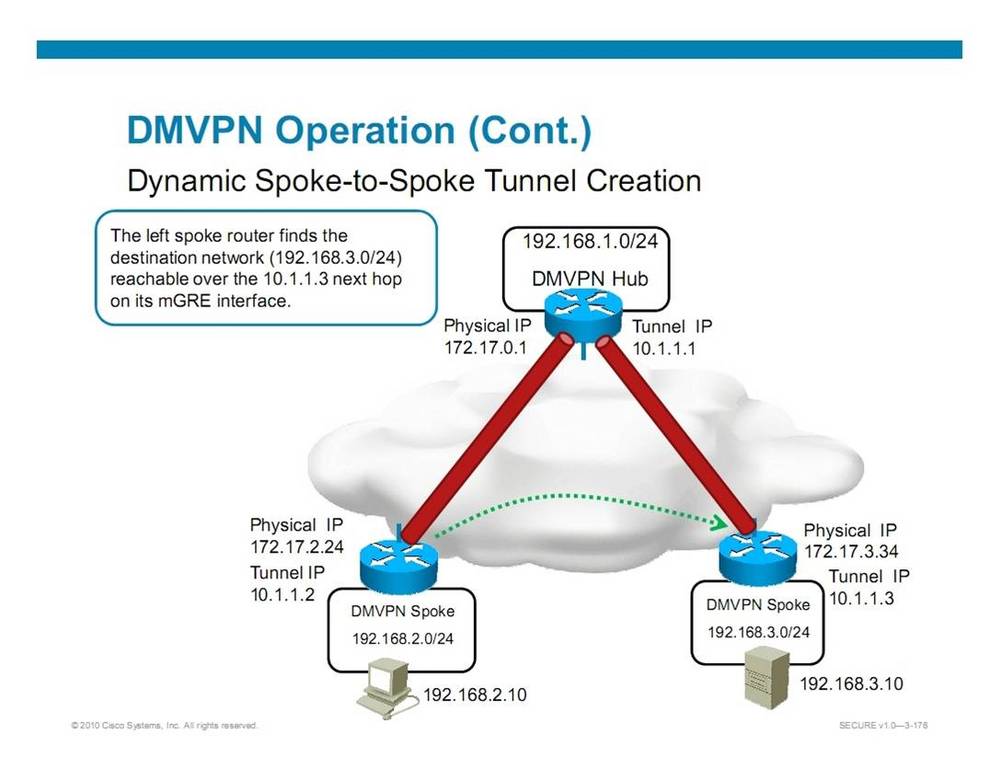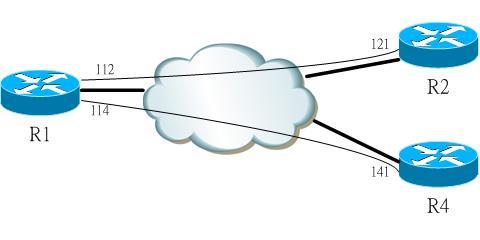Again, I’m teaching Route course this week. Another things that students are interesting to discuss is about the compatibility of different OSPF mode in NBMA network.
I’m not going to discuss how those different mode are being used, as its been discussed in many other website. Those modes are summarized as the following slide:

If you take a look on the above summarized slide, you will find that there are 2 categories: one has DR/BDR selection (for the Broadcast and NBMA mode), while the other category does not have DR/BDR selection (other 3 modes). Actually, that is the boundary of compatibility i.e. the modes in same category are compatible.
Yet, maybe you also know that in order to form neighbors, OSPF routers will require to have consistence hello/dead interval. So even though the modes are compatible, you still need to make sure that the hello/dead interval need to be the same.
Besides, also depending on whether you are using main interface/multipoint/point-2-point subinterfaces, they have different default OSPF mode.
E.g. if you have a hub-and-spoke topology, your hub site uses a multipoint or main interface (which default mode is NBMA). Then for hub site to use OSPF point-2-multipoint mode, you need to explicitly configure. While for the spoke site, even it only has one single PVC to the hub, if you use the main interface instead of a point-2-point subinterface, you still need to define the mode in the main interface as point-2-point mode.
Following is a workable example:
Hub site:
hostname R1
!
interface Loopback0
ip address 10.1.1.1 255.255.255.255
!
interface Serial0/0/0
no ip address
encapsulation frame-relay
!
interface Serial0/0/0.1 multipoint
description Link to R2, R4
ip address 10.1.110.1 255.255.255.0
ip ospf network point-to-multipoint
frame-relay map ip 10.1.110.2 112 broadcast
frame-relay map ip 10.1.110.4 114 broadcast
!
router ospf 1
router-id 1.1.1.1
log-adjacency-changes
network 10.0.0.0 0.255.255.255 area 0
!
Spoke site:
hostname R2
!
interface Loopback0
ip address 10.2.2.2 255.255.255.255
!
interface Serial0/0/0
ip address 10.1.110.2 255.255.255.0
ip ospf network point-to-point
ip ospf hello-interval 30
encapsulation frame-relay
!
router ospf 1
router-id 2.2.2.2
log-adjacency-changes
network 10.0.0.0 0.255.255.255 area 0
!
R1 and R2 can successfully form neighbors and exchange routes:
R1#sh ip ospf neighbor
Neighbor ID Pri State Dead Time Address Interface
2.2.2.2 1 FULL/BDR 00:00:38 10.1.110.2 Serial0/0/0.1
R1#sh ip route
...
10.0.0.0/8 is variably subnetted, 3 subnets, 2 masks
O 10.2.2.2/32 [110/65] via 10.1.110.2, 00:02:49, Serial0/0/0.1
C 10.1.1.1/32 is directly connected, Loopback0
C 10.1.110.0/24 is directly connected, Serial0/0/0.1
Please visit my other blog entry for an exmaple of broadcast and NBMA mode.


